The Power & Cost-Effectiveness of Monochrome Logo Designs

Source: Izaz Mahammad, Norden - Brand Identity, Behance, https://www.behance.net/gallery/166946465/Norden-Brand-Identity-Design
In the vibrant world of branding, where color often dominates, monochrome logo designs stand out for their simplicity and striking impact. These single-color designs harness the power of minimalism to create a memorable brand identity that is as effective as it is elegant. The appeal of monochrome logos lies in their timeless nature, ensuring that they transcend fleeting design trends and maintain their allure across decades.
Monochrome designs are not just aesthetically pleasing; they are also a practical choice for businesses looking to maximize their investment. The cost-effectiveness of using one color, coupled with the versatility of these logos, makes them an ideal choice for both new startups and established enterprises. They offer clarity and focus that can be lost in more complex color schemes, making a strong impression in both print and digital media.
As we delve deeper into the advantages of monochrome logo designs, it becomes clear that their simplicity belies a deep strategic value. This article explores how embracing a monochrome approach can elevate a brand’s identity while being mindful of budget and broader applicational use.
Timeless Appeal
Monochrome logo designs offer a timeless quality that stands the test of time, making them a perennial favorite in the branding universe. This minimalist approach strips down a logo to its fundamental aspects, focusing on shape and form rather than color. Such simplicity ensures that monochrome logos do not succumb to the shifts in color trends, maintaining their relevance and effectiveness across generations. For businesses, this means a sustainable brand identity that remains consistent and recognizable, reducing the need for frequent redesigns.
Monochrome logos embody a classic elegance that resonates with a wide audience, making them particularly effective for luxury brands, professional services, and any organization aiming for a sophisticated image. Their enduring appeal ensures that they continue to capture the essence of a brand in the most straightforward yet profound way.
Enhanced Flexibility
The flexibility of monochrome logo designs makes them incredibly versatile and adaptable across various applications. Whether displayed on digital screens, printed on stationery, or embossed on promotional merchandise, these logos maintain their integrity without the need for color adjustments. This adaptability extends to diverse marketing materials and company assets, ensuring a uniform brand presentation in every context. The simplicity of a single-color logo also translates to greater legibility at different sizes and across various substrates, from paper to fabric to digital interfaces.
For businesses, this means reduced costs and complexities associated with the reproduction of branding materials. Monochrome logos can seamlessly transition between different media, making them a practical choice for companies looking to establish a strong, cohesive brand identity across all customer touchpoints.
Cost Reduction
One of the most compelling advantages of monochrome logo designs is the significant cost reduction they offer, particularly in terms of printing and reproduction. By limiting the palette to a single color, businesses can cut down on printing expenses, which can quickly accumulate with multi-colored designs. Monochrome logos require less ink and are often faster to print, reducing both costs and production time. This aspect is especially beneficial for companies that frequently use their logos on marketing materials like flyers, brochures, and merchandise. Additionally, the simplicity of monochrome designs reduces the complexity in various branding processes, from embroidery on uniforms to signage manufacturing.
This not only lowers the initial investment in branding materials but also simplifies the logistical aspects of branding reproduction across multiple platforms and formats. The cost-effectiveness of monochrome logos makes them an ideal choice for startups and small businesses with limited marketing budgets but a desire for a strong, professional brand presence.

Source: Burak Bal, Hiplay, Dribbble, https://dribbble.com/shots/22744641-Hiplay
Strong First Impressions
Monochrome logo designs are particularly adept at making strong first impressions. The use of a single color magnifies the importance of the logo’s form and structure, focusing the viewer’s attention on the brand’s core message without the distraction of multiple colors. This clarity and simplicity often result in a more memorable and striking presentation that can effectively communicate a company’s identity at just a glance. A well-designed monochrome logo projects confidence and professionalism, attributes that are essential in building trust with potential clients and customers.
The sophistication and sharpness of monochrome designs can convey a sense of elegance and luxury, making them suitable for businesses aiming to portray an image of exclusivity and high quality. By delivering a powerful visual impact, monochrome logos ensure that the brand remains etched in the minds of the audience, facilitating recognition and recall that are critical in competitive markets.
Easier Brand Recall
Monochrome logo designs significantly enhance brand recall by embedding a clear and concise image in the consumer's mind. The simplicity of using just one color eliminates any potential distractions that multiple colors might introduce, allowing the logo’s shape and symbolism to take center stage. This focus makes it easier for customers to remember and recognize the brand, even from a minimalistic representation. Monochrome logos often use contrasting backgrounds effectively, making them stand out more prominently. This visibility is crucial in crowded marketplaces where a strong visual memory marker can significantly influence consumer behavior.
Brands like Apple and Nike have successfully used monochrome logos to create a distinct identity that is instantly recognizable worldwide. The psychological impact of such simplicity is profound, as it aids in faster processing and recall by the brain, which is particularly beneficial in fast-paced environments where quick recognition is key. For businesses, this means improved brand loyalty and increased consumer engagement, driven by the ease with which customers recall the brand's visual symbol.
Design Clarity and Focus
The power of monochrome logo designs lies in their unparalleled clarity and focus, which streamline the communication of a brand's essence without the potential clutter or confusion of color. This design strategy emphasizes the fundamental shapes and lines that define the logo, directing attention to the brand’s core identity and values. Such clarity ensures that the logo conveys its message effectively across all platforms, whether digital, print, or environmental signage. Monochrome designs force the designer to focus on the logo’s composition and typography, pushing creativity to distill the brand into its most impactful form.
This results in a logo that not only communicates clearly but also aligns perfectly with the brand’s vision and audience expectations. The focus on simplicity does not restrict creativity; instead, it provides a framework within which designers can explore various textures, shades, and gradients to express depth and emotion. This approach enhances the logo’s adaptability, ensuring it performs well in diverse applications, from app icons to monumental signage, making it a versatile tool in the marketer’s arsenal.
Versatility in Use
Monochrome logo designs are celebrated for their incredible versatility, making them a robust choice for businesses across various industries. The inherent simplicity of a monochrome palette ensures that these logos maintain their integrity and impact across a wide range of mediums. Whether applied to digital displays, embroidered on uniforms, etched into products, or used in promotional materials, a monochrome logo remains consistent and clear. This uniformity is essential for maintaining brand identity across different contexts, from small digital icons to large-scale billboards.
Furthermore, the adaptability of monochrome designs simplifies the integration of a brand’s visual identity into diverse marketing campaigns and collaborations. These logos can easily be overlaid on complex backgrounds or textures without losing their distinctiveness, ensuring that the brand’s presence is always prominent and unambiguous. This level of adaptability not only enhances brand recognition but also facilitates the expansion of branding strategies into new and innovative arenas, reinforcing the logo’s role as a central, unifying element of brand communication.

Source: Burak Bal, KNOX - BRANDING, Dribbble, https://dribbble.com/shots/20330784-KNOX-BRANDING
Emphasizes Texture and Depth
Monochrome logo designs excel in highlighting texture and depth, aspects that can sometimes be overshadowed in more colorful designs. By focusing on a single color, designers are compelled to explore different shades, gradients, and textures to bring life and dimension to the logo. This exploration results in designs that are not only visually engaging but also rich in symbolism and meaning. The use of shadows, highlights, and intricate line work in monochrome logos can convey sophistication and detail that attract the viewer’s eye and invite closer inspection. Such techniques enhance the tactile feel of the logo, suggesting qualities like luxury, ruggedness, or innovation, depending on the texture used.
This emphasis on textural details allows brands to communicate their unique attributes subtly yet powerfully. Additionally, the depth created through these techniques makes the logo more dynamic and memorable, aiding in brand differentiation and customer engagement. Monochrome logos, therefore, are not just visually striking; they serve as a canvas for expressing a brand’s deeper narrative, enriching the viewer’s interaction with the brand through every point of contact.
Effective Use in Industry
Monochrome logo designs are particularly effective across various industries where clarity, sophistication, and versatility are paramount. In the luxury goods sector, for example, a monochrome logo conveys elegance and high value, resonating with an audience that values understated sophistication. Legal and financial firms benefit from the authority and professionalism that a sharp, clear monochrome design can project, enhancing trust and credibility among clients. Additionally, in technology and engineering sectors, where precision and innovation are key, the simplicity and modernity of monochrome logos align perfectly with industry characteristics.
They help to communicate efficiency and forward-thinking, traits highly prized in these fields. Health and wellness brands also utilize monochrome designs to evoke cleanliness, tranquility, and balance, appealing to consumer desires for purity and simplicity in care. The adaptability of monochrome logos makes them a universal solution capable of crossing cultural and linguistic barriers, which is crucial for global businesses looking to establish a recognizable presence worldwide. This wide applicability across industries underscores the powerful utility of monochrome logos in building a strong, identifiable brand that stands out in a competitive marketplace.
Greater Emphasis on Content
Monochrome logo designs place a greater emphasis on content, allowing the message and identity of the brand to shine through without the distraction of color. This focus on content enhances the communicative power of the logo, making the brand’s values and personality more apparent and impactful. In a monochrome design, every line, curve, and typographic choice is magnified, requiring a careful consideration of how each element contributes to the overall brand narrative. This results in a logo that is not only visually striking but also rich in meaning. The simplicity of black and white forces designers to prioritize clarity and precision in their message, fostering a deeper connection with the target audience.
For brands, this means that their core message is delivered effectively, ensuring that it resonates with and is memorable to their audience. Furthermore, the emphasis on content rather than color can lead to a more timeless design, avoiding the need for frequent updates as color trends change. This approach not only strengthens brand recognition but also builds a lasting legacy in the minds of consumers, enhancing long-term brand loyalty.
Conclusion
Monochrome logo designs are a powerful tool for businesses seeking to establish a memorable and impactful brand identity. Their simplicity, cost-effectiveness, and versatility make them suitable for a wide range of industries, from luxury goods to technology. These designs not only ensure ease of use across various media but also emphasize the core values and messages of a brand, making them unforgettable. By choosing a monochrome logo, companies can enjoy a timeless design that resonates with audiences, enhances brand recall, and stands out in a competitive market, proving that sometimes, less is indeed more.
Let Us Know What You Think!
Every information you read here are written and curated by Kreafolk's team, carefully pieced together with our creative community in mind. Did you enjoy our contents? Leave a comment below and share your thoughts. Cheers to more creative articles and inspirations!

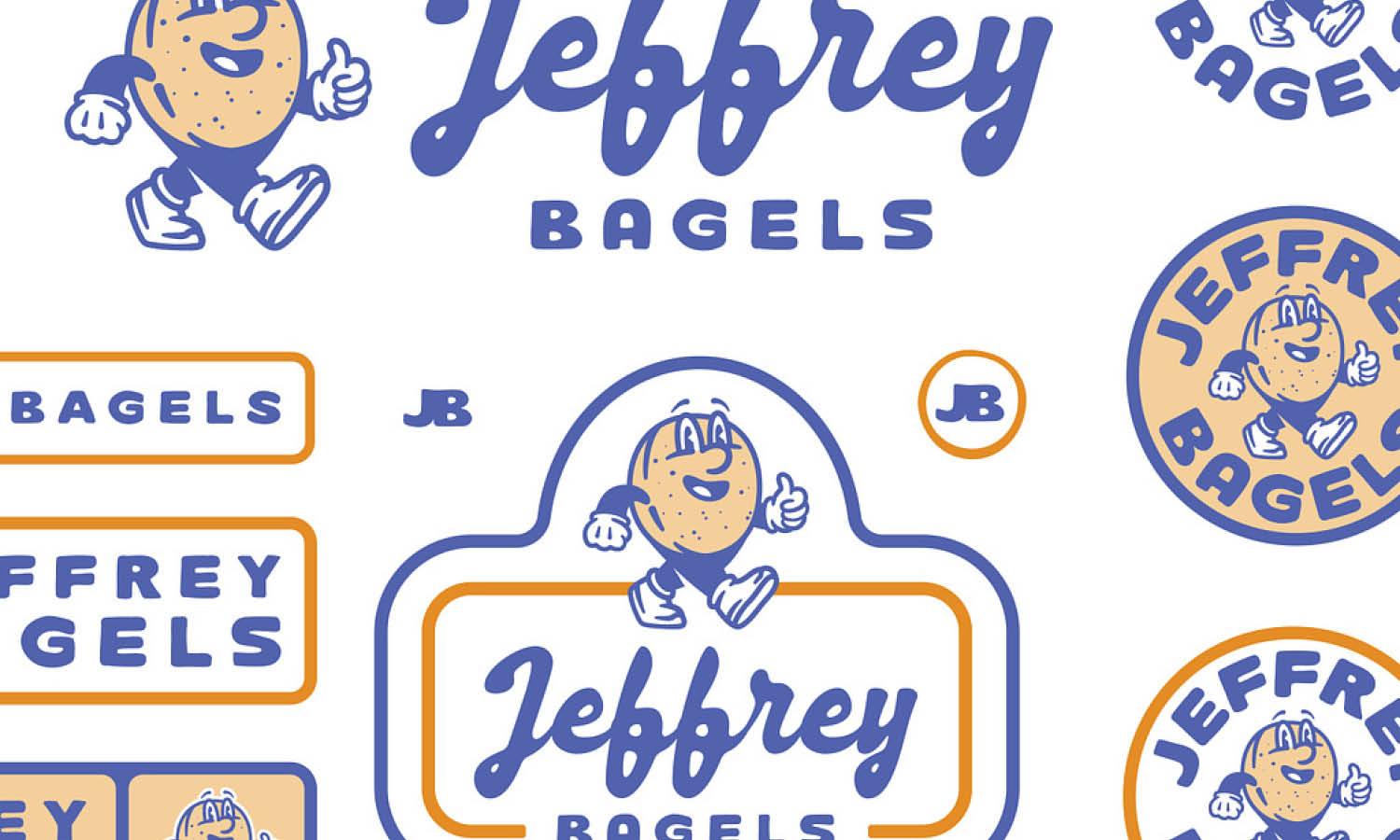

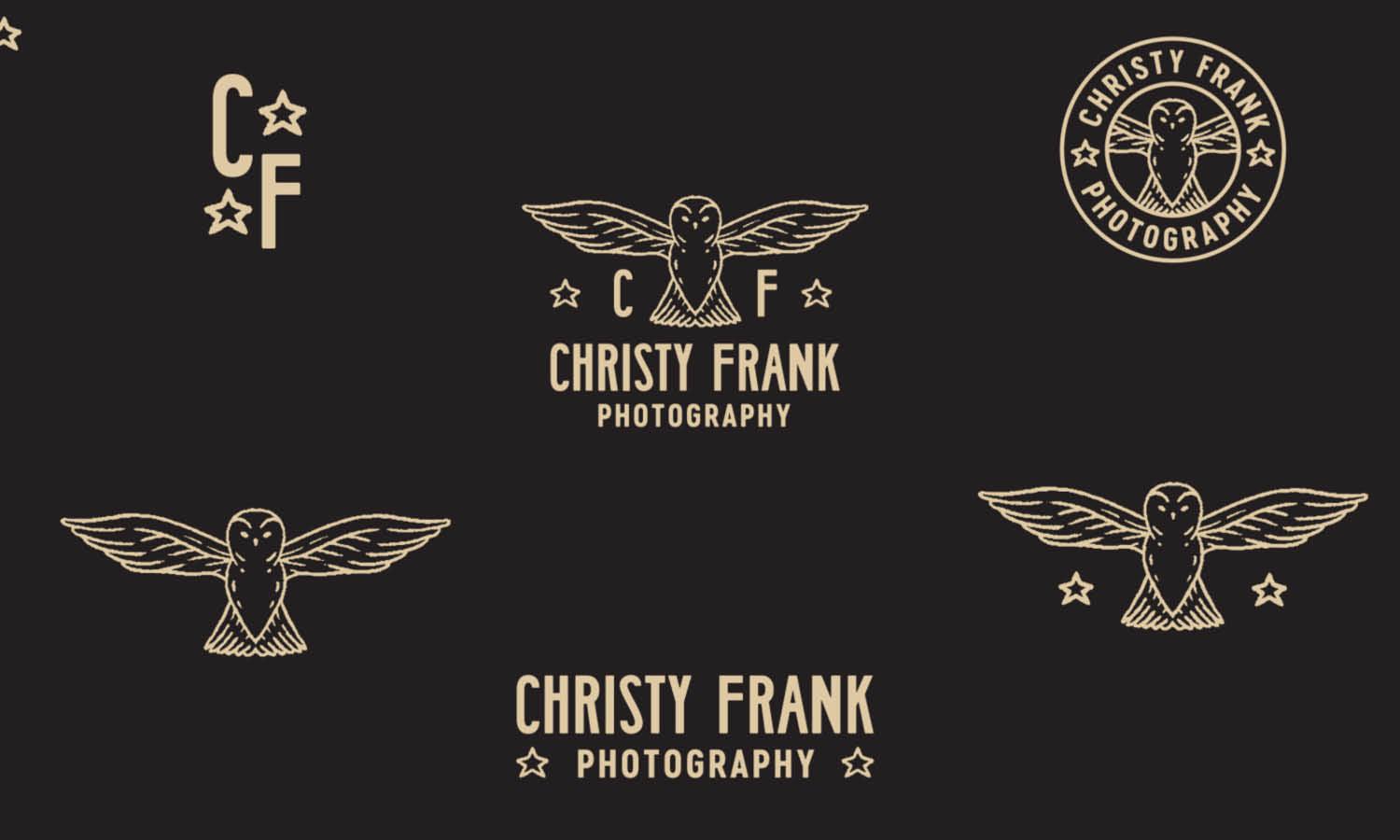
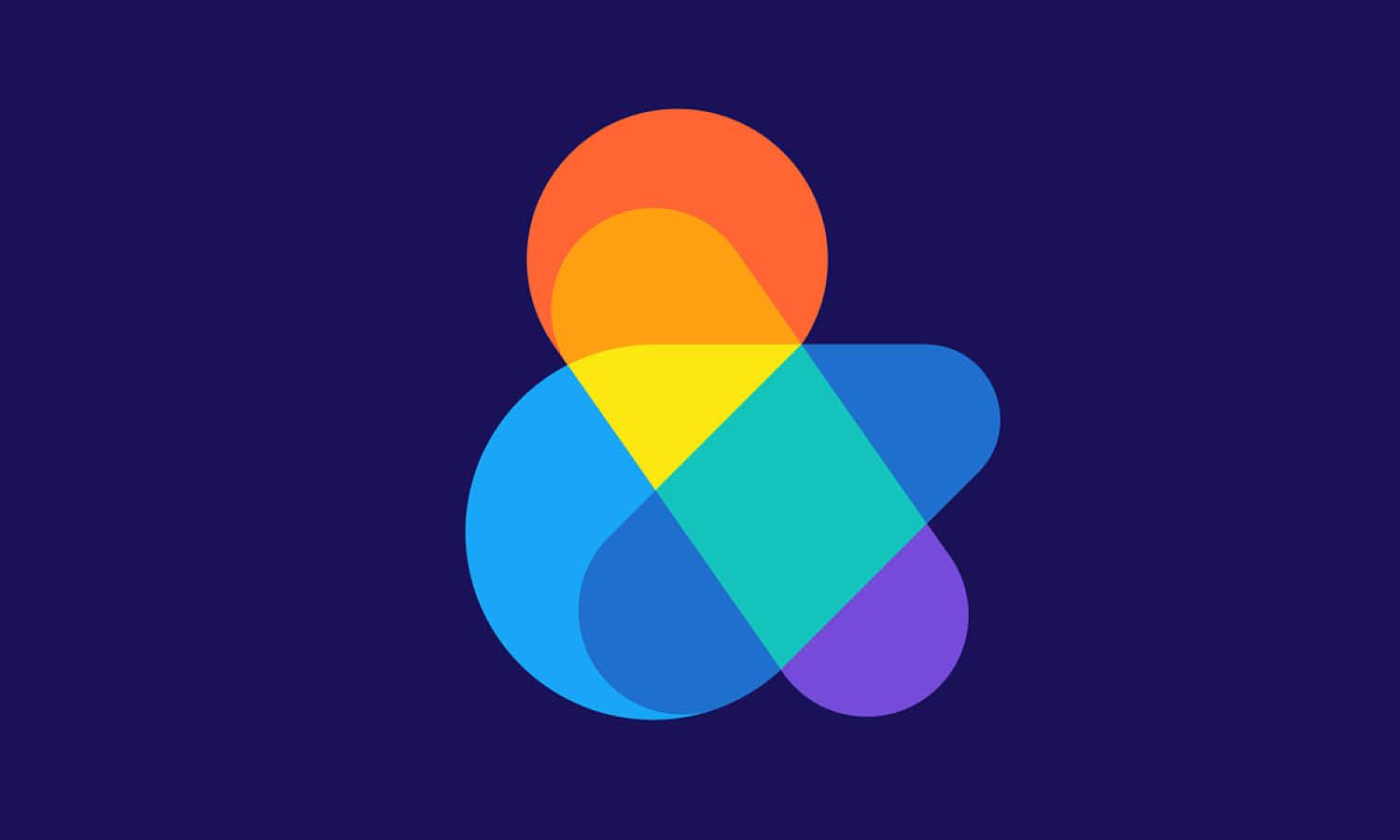
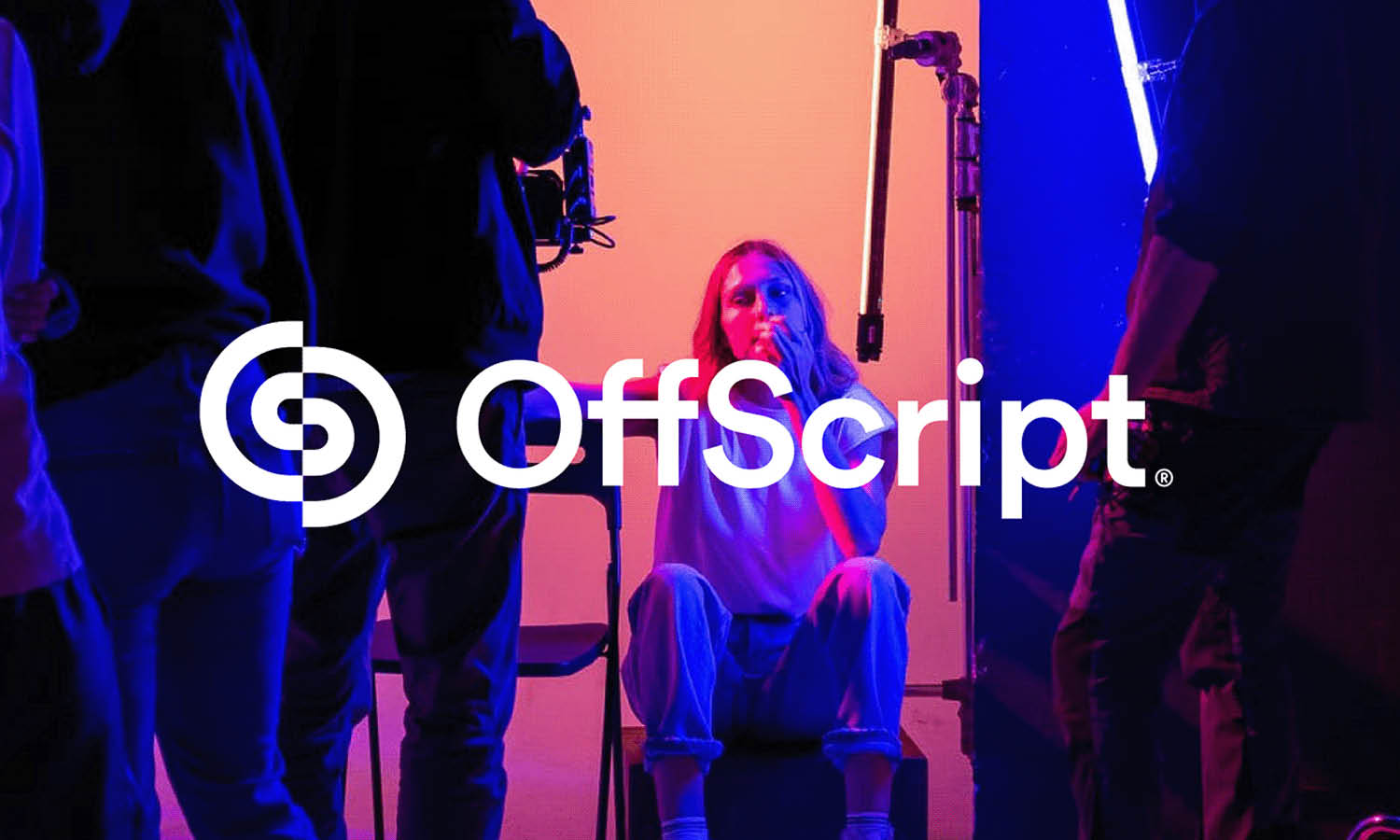

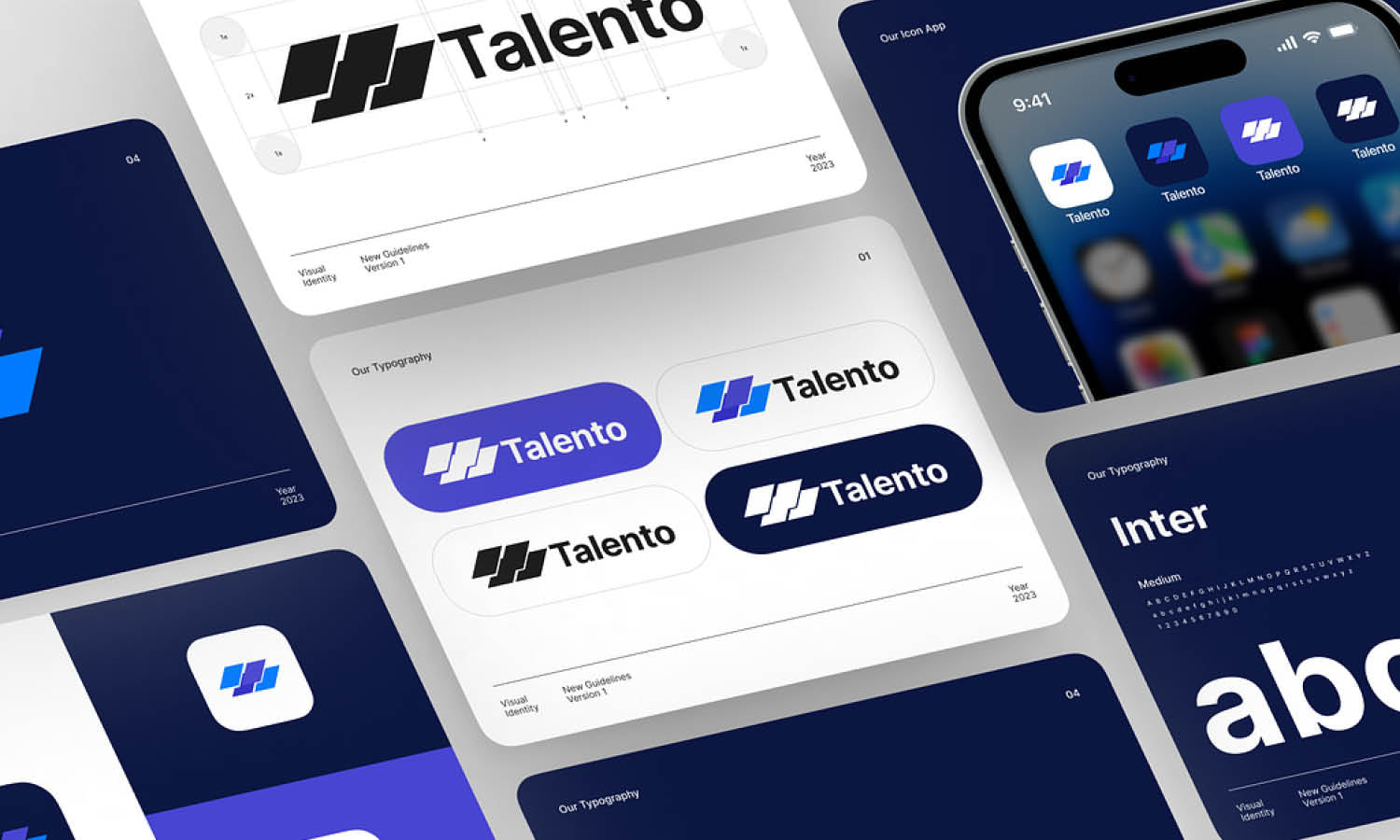







Leave a Comment